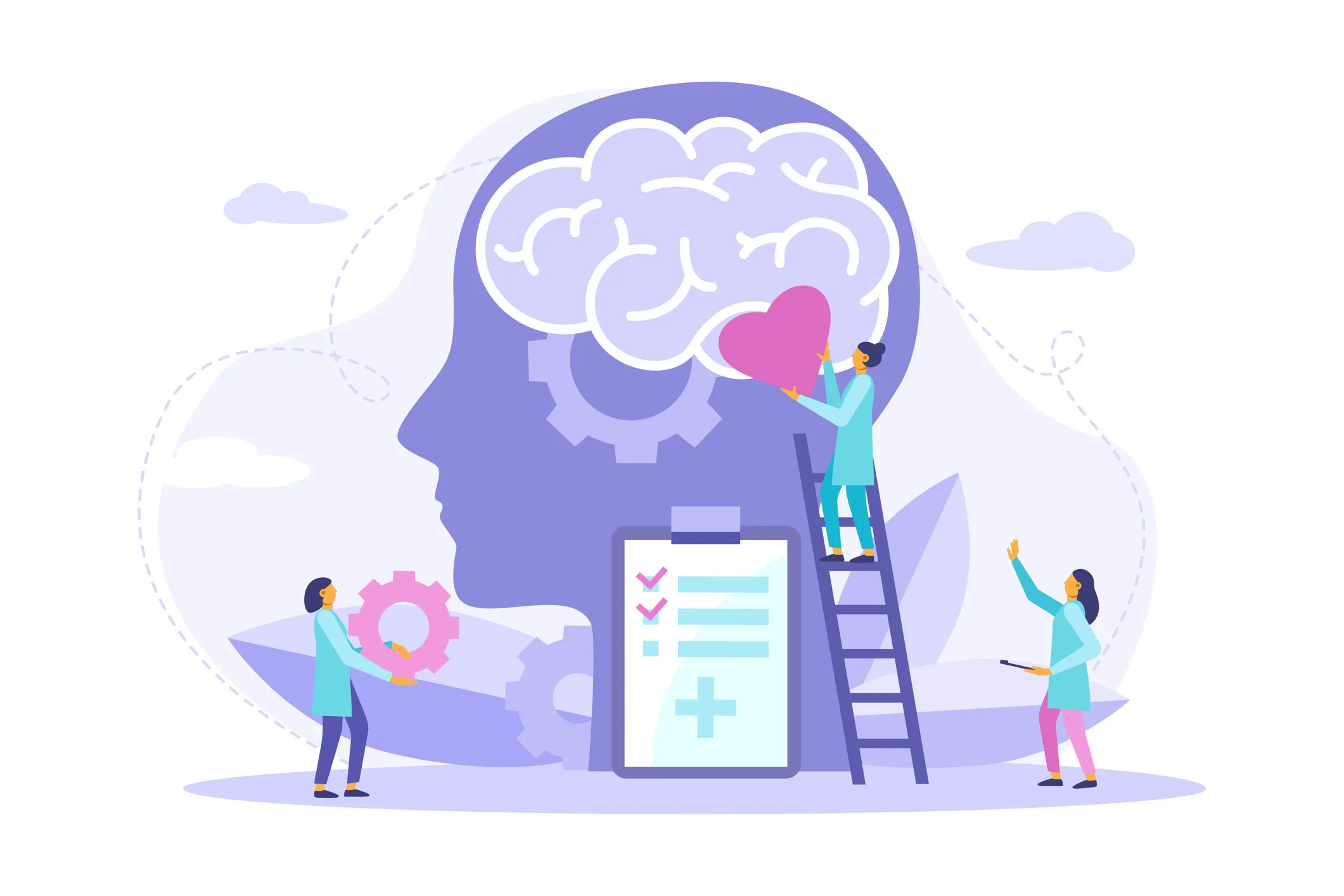An independent analysis by the Peterson Health Technology Institute (PHTI) shows that virtual mental health solutions for treating depression and anxiety are effective, yet their costs vary significantly. While some digital treatments can decrease healthcare expenses for commercial payers by millions annually, the most commonly used solutions are leading to an increase in costs of $25.6 million per year for every one million members covered.
PHTI, which evaluates digital health solutions alongside payers and providers, released this report as its fourth assessment of digital health products since early 2024. Previous evaluations covered solutions for diabetes, hypertension, and musculoskeletal issues. Depression and anxiety impact approximately 20% of adults, costing employers around $240 billion each year due to treatment expenses and lost productivity. Research indicates that for every dollar spent on mental healthcare, payers can expect a return of $4 in productivity gains.
The expansion of virtual mental health treatments since the COVID-19 pandemic has improved access to care for millions of Americans. Since 2016, the sector has attracted over $10.2 billion in investments, with many startups achieving unicorn status. PHTI evaluated major market players, including AbleTo, Brightside, Headspace, Koa Health, Lyra, Meru Health, Modern Health, Spring Health, Teladoc, and Talkspace.
All evaluated digital solutions showed positive outcomes for symptoms, measured through the PHQ-9 for depression and the GAD-7 for anxiety. PHTI assessed 15 different solutions categorized as self-guided, prescription digital therapeutics, and blended modality solutions. Each option included a digital content library accessible to patients at all times.
Caroline Pearson, executive director of PHTI, explained, ‘Self-guided solutions consist of standalone content libraries, while prescription digital therapeutics integrate into therapy due to their prescribed nature. Blended solutions are the most comprehensive, combining digital content with live support from therapists and clinicians.’
The report highlighted that the pricing models of these solutions contribute to the overall cost discrepancies. Leading solutions often utilize a blended approach that combines digital provider visits with asynchronous content. On average, these blended solutions cost payers about $25.6 million annually per million members, primarily due to charging an access fee per member. In contrast, self-guided solutions were shown to reduce costs by $3.6 million per million members, while prescription digital therapeutics resulted in savings of $8.7 million per million members when used as part of a treatment plan.
PHTI noted that digital solutions are particularly impactful for individuals not receiving traditional mental health treatment. Pearson stated, ‘Digital content is clinically effective. This report shows that various treatment modalities can be effective, especially for mild to moderate depression and anxiety.’ When digital solutions were used alongside standard care, the improvements in symptoms were less substantial compared to those who solely relied on digital content.
The analysis found that users of digital content experienced a 3.9-point reduction in depression severity compared to a control group that received no treatment. Among the studies reviewed, six out of seven indicated a significant reduction in depression levels. For anxiety, three studies comparing digital content to no intervention reported an average 2.1-point decrease on the GAD-7 scale, with two studies showing clinically meaningful outcomes.
PHTI highlighted the importance of digital solutions in overcoming barriers to accessing traditional psychotherapy. The report states, ‘Digital content can address critical gaps in mental healthcare delivery.’ Eight companies offered self-guided solutions, with three—Dario, Learn To Live, and SilverCloud (Amwell)—focusing solely on providing digital libraries with evidence-based content. The other five companies also provide blended-care solutions alongside their self-guided offerings.
The prescription digital therapeutics evaluated in the report, like Daylight Rx and Rejoyn, are FDA cleared to deliver cognitive behavioral therapy. However, PHTI noted that these solutions might not increase access to mental healthcare as they require prescriptions from providers managing patient treatment. Pearson emphasized that while the clinical trials for these therapeutics are robust, adoption remains low and reimbursement is uncertain.
The blended solutions, which combine digital content libraries with live therapeutic services, have proven to be the most clinically effective yet also the most costly. The ten blended care solutions analyzed charged employers an average of $6 per member, contributing to the projected increase in healthcare spending by $25.6 million. Many payers report that blended solutions are the most widely adopted in the market. To improve affordability, Pearson suggests that payers negotiate prices for these solutions effectively.
Engagement with blended care solutions is another concern. While the report highlights the potential for these solutions to adjust intervention intensity based on patient needs, it also notes that young white women are the primary users of digital tools, indicating a need for broader outreach.
Pearson concludes, ‘Engagement is the critical question. Digital tools are effective across all demographics, yet we still have challenges in reaching diverse populations.’


